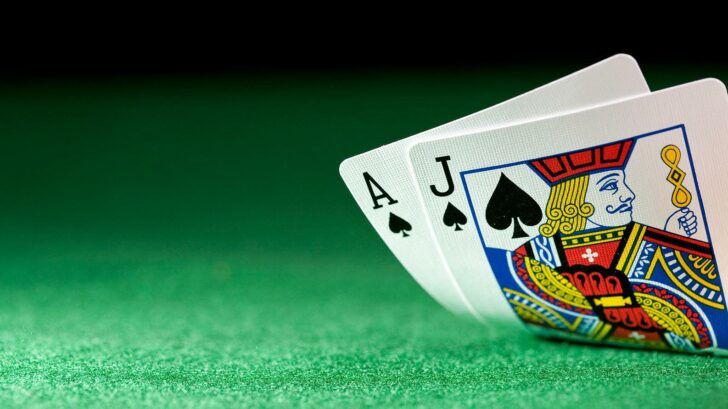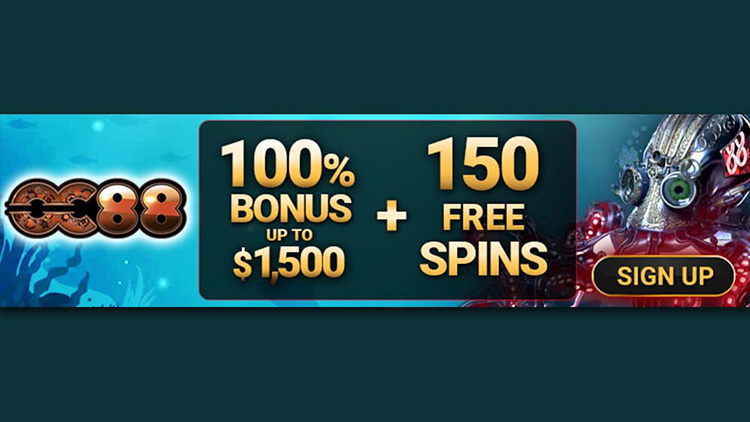What Watching the Dealer Can Tell You About Winning at Blackjack

 Read the dealer
Read the dealerWhen becoming a blackjack expert, learning to read your own cards is the first step. The second is learning to read the dealer.
Blackjack appears to be a simple game, but on digging deeper one finds that there is much more than meets the eye. You can learn the value of your own hand by studying a strategy card. But if you want to become an expert of this mysterious game, it is important that you understand the dealer’s hand as well as your own. The first step is to analyze the upcard, the second is to read blackjack dealer tells.
What is a tell?
The concept of “telling” refers to behaving in such a way which allows your opponent to read the strength of your hand. Most tells involve facial expressions or speech patterns which indicate excitement or disappointment. Usually this concept is associated with poker, where a player must do everything possible to disguise his internal thoughts. But it has significance in blackjack as well.
The dealer’s moves are dictated by predetermined rules, so regardless of what you do, their strategic behavior does not change. You can’t “tell” the dealer anything. But it is possible for the dealer to tell you something. The upcard will tell you half of the story about the dealer’s hand. You can anticipate the hole card by analyzing the dealer’s expressions and/or behavior. If done successfully, you can use the art of perception to gain an advantage over the house.
Some experts maintain that once in a while you may encounter a dealer who intentionally tells certain players. They may be helpful toward an attractive member of the opposite sex, or simply want to funnel winnings toward those most likely to tip (such players are called “tokers”). This is not uncommon, as dealers actually benefit from players winning more often than losing. Such people are called “strong arm” ellers.
What to look for
Face cards are easier to read than numbered cards. So if a dealer typically takes his time but occasionally glances quickly at a card before putting it down, you can bet that those are face cards. This helps you anticipate the hand in order to make an informed decision. If the upcard is a face card and the dealer tells a face card in the hole, cut and run. Surrender if the blackjack rule variation you are playing allows it.
The vice-versa works as well. If the dealer takes longer to read the card, you can reasonably expect it to be a numbered card. You probably won’t be able to tell which one, but given the fact that you already know the upcard, it should be enough information to regulate your betting behavior appropriately. If the dealer looks to have a weak hand and you are confident about yours, double down or split to get as much money on the table as possible.
Also try to read the dealer’s facial expressions. They are trained to be stone-faced, but beginners often make the mistake of visibly reacting to cards. If the dealer quickly turns away as the card is being dealt, they are most likely trying to hide excitement. Disappointment can be harder to read, as the expression is usually much more subtle. But enough practice should get you reading dealers like a book.
Practice makes perfect
Yes, practice. Reading tells is one of the most difficult things to do in blackjack strategy. Some experts even find it to be more difficult than card counting due to its unpredictable nature. Each dealer is different, so the technique for reading one doesn’t necessarily help you read another. In addition, you may have success reading a dealer one night just come to back the next and find that their mannerisms have changed. It is truly an inexact science.
If you want to get good at reading tells you need to spend a lot of time practicing. Its best to start at home, because walking into a casino and trying to go off of tells without the proper training is going to result in a lot of wasted money. How to get started? Go to casinos and observe as much as possible. Watch closely when you aren’t playing. When you are playing, look for tells but don’t bet according to them; stick to sound strategy.
You also need to watch for nuance in how the dealer interacts with different players at the table. Maybe they are a “nice guy” dealer who wants everyone to win. In which case, they tell everyone the same way. Or maybe they are a “strong arm” dealer trying to funnel money toward one or two players, in which case they may not tell you anything at all. The point is, minimize risk when learning to tell. Follow strategy and bet the minimum. Once you become confident that you can read most dealers, start adjusting your behavior accordingly.




